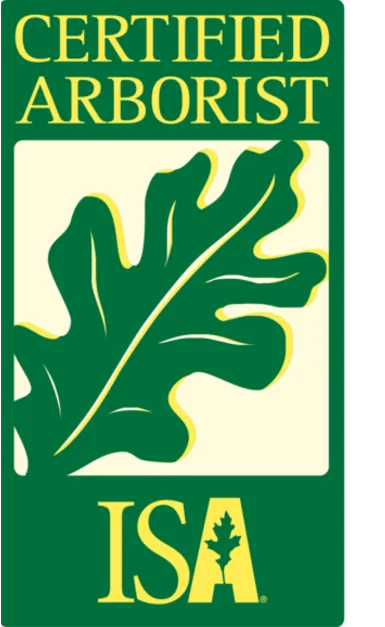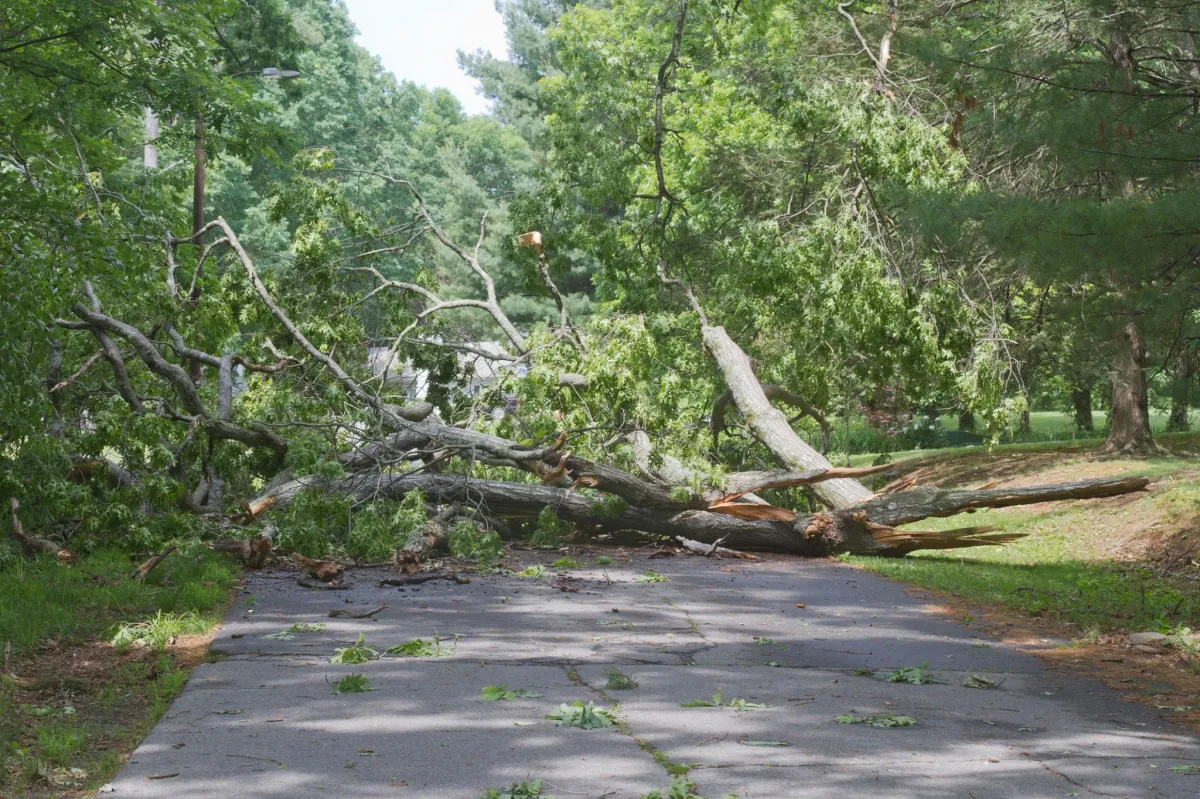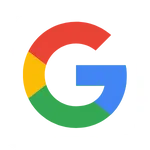
Blog > A Guide for Arborist Service
How to Identify Hazardous Trees: A Louisville Homeowner’s Guide
Trees are a key part of Louisville’s landscape, providing shade, beauty, and environmental benefits. But when trees become dangerous, they can threaten property and safety. Spotting these risks early can help prevent accidents and keep your trees healthy for years. This guide will show you how to recognize signs of hazardous trees and share tips for maintaining their health.

Understanding Tree Hazards
Common Causes of Tree Hazards
- Diseases and Pests: Infections or infestations can weaken a tree's structure.
- Storm Damage: High winds, lightning, and heavy snow can cause physical damage.
- Poor Maintenance: Lack of proper care, such as pruning and fertilization, can lead to weak trees.
- Old Age: Older trees are more likely to have structural issues.
Identifying Hazardous Trees
Visual Inspection
Regular visual checks are the first step in spotting hazardous trees. Inspect trees at least twice a year and after big storms to catch potential problems early. Here are some key signs to watch for:
1. Dead or Dying Branches
Dead branches are a clear sign of tree health problems. They’re usually dry and brittle, with no leaves or buds during the growing season. Unlike healthy branches, which are flexible, dead ones snap easily. These branches not only show that the tree might be struggling but also create a risk of falling, which can cause damage or injuries.
2. Cracks and Splits
Cracks and splits in the trunk or large branches can signal hidden weaknesses inside the tree. These issues might be caused by heavy loads, strong winds, or past damage. Over time, cracks can grow larger, increasing the chance of the tree breaking under stress. Regularly look for new or widening cracks, and keep in mind that some may be hidden beneath the bark.
3. Leaning Trees
Some trees naturally grow at an angle, but if a tree leans more than 15 degrees from vertical, it’s often a sign of instability—especially if the lean is new. Sudden leaning can result from root damage, soil erosion, or a structural imbalance. If you see a tree starting to lean or its angle increasing over time, it could mean serious root or trunk issues that need immediate attention.
4. Root Problems
Healthy roots are vital for a tree's stability and ability to absorb nutrients. Signs of root problems include:
Mushroom Growth: Fungi, especially mushrooms, growing around the tree’s base can indicate root decay. These fungi thrive on dead wood, suggesting internal rot.
Root Exposure: Exposed roots caused by soil erosion can weaken the tree’s stability. They are also more likely to suffer physical damage or stress, impacting the tree’s health.
Soil Mounding: Mounds of soil near the tree’s base may mean the tree is shifting or that the roots are being disturbed, signaling potential instability.
5. Cavity or Decay
Cavities or decayed spots in the trunk or branches can weaken a tree’s structure. These often result from past injuries or infections. While small cavities may not be a problem, extensive decay can make the tree more likely to break. Look for soft, crumbly wood or discolored areas, which often point to internal decay.
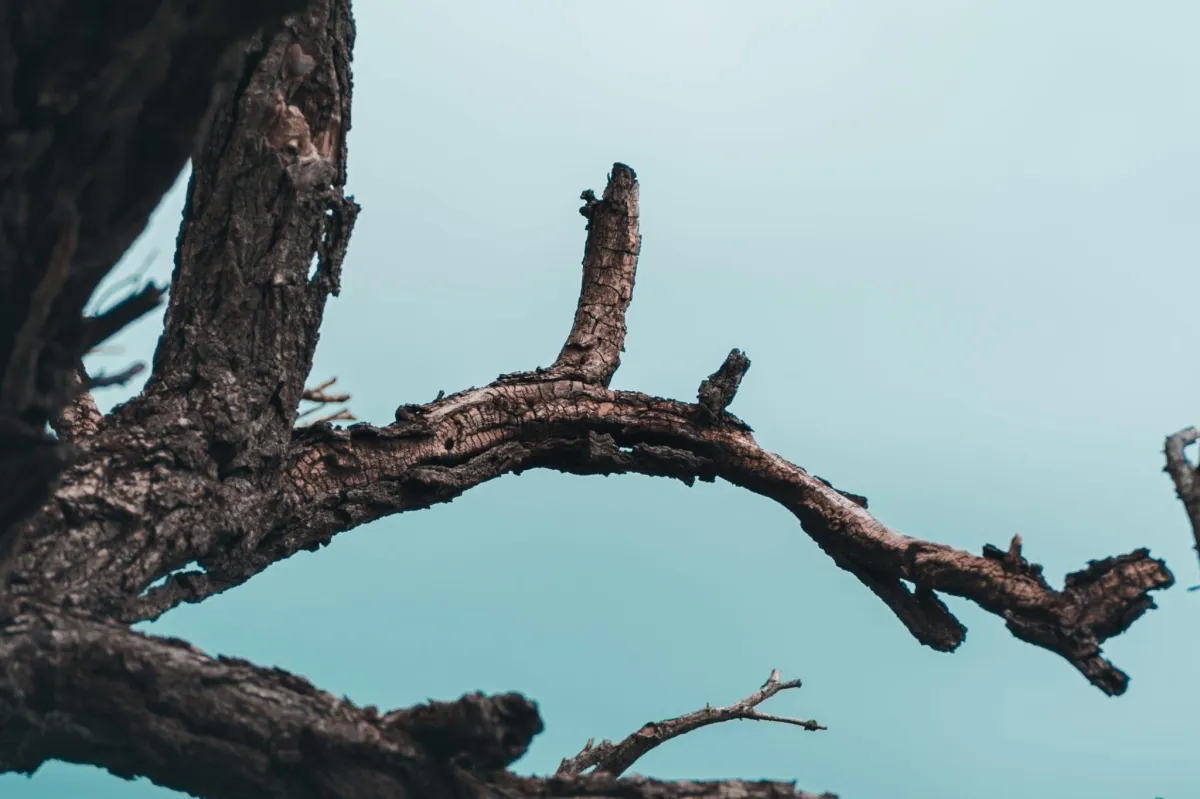


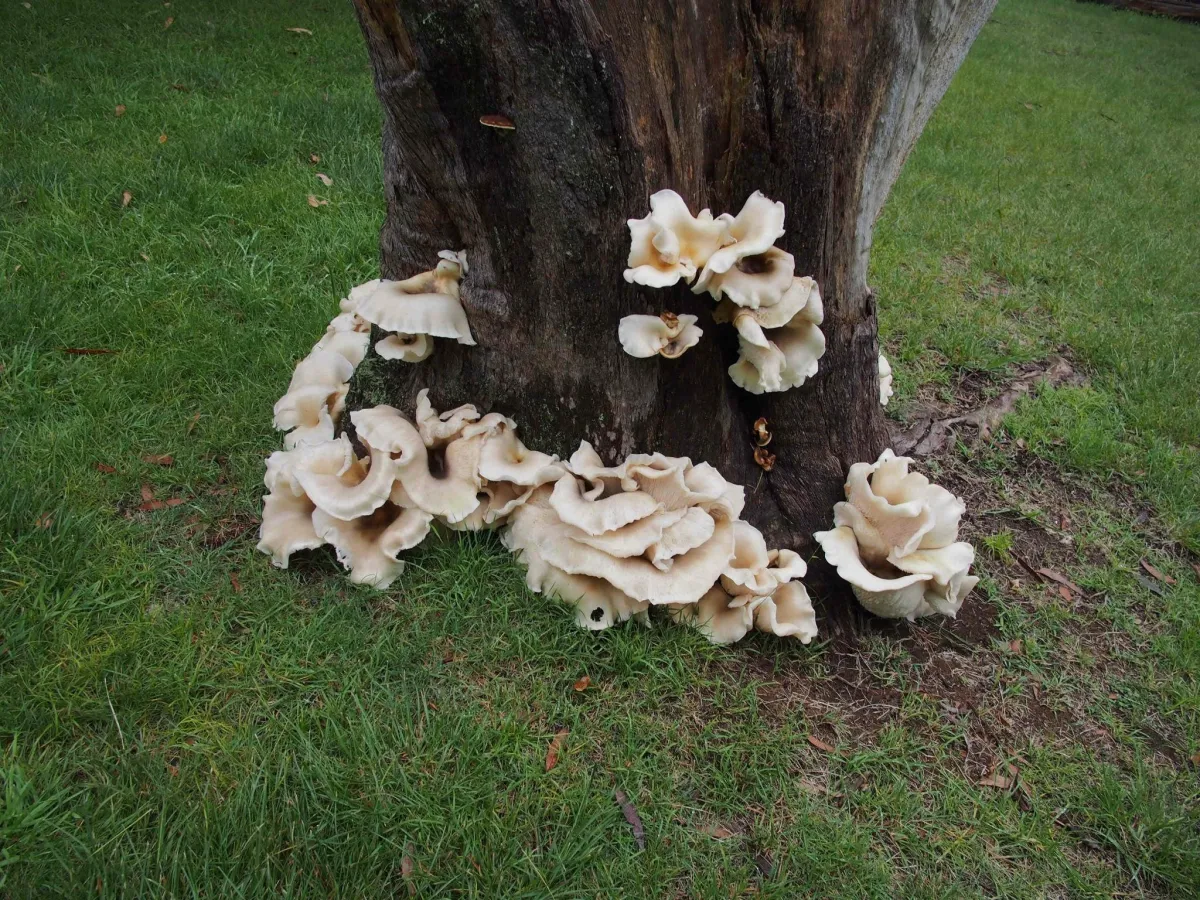
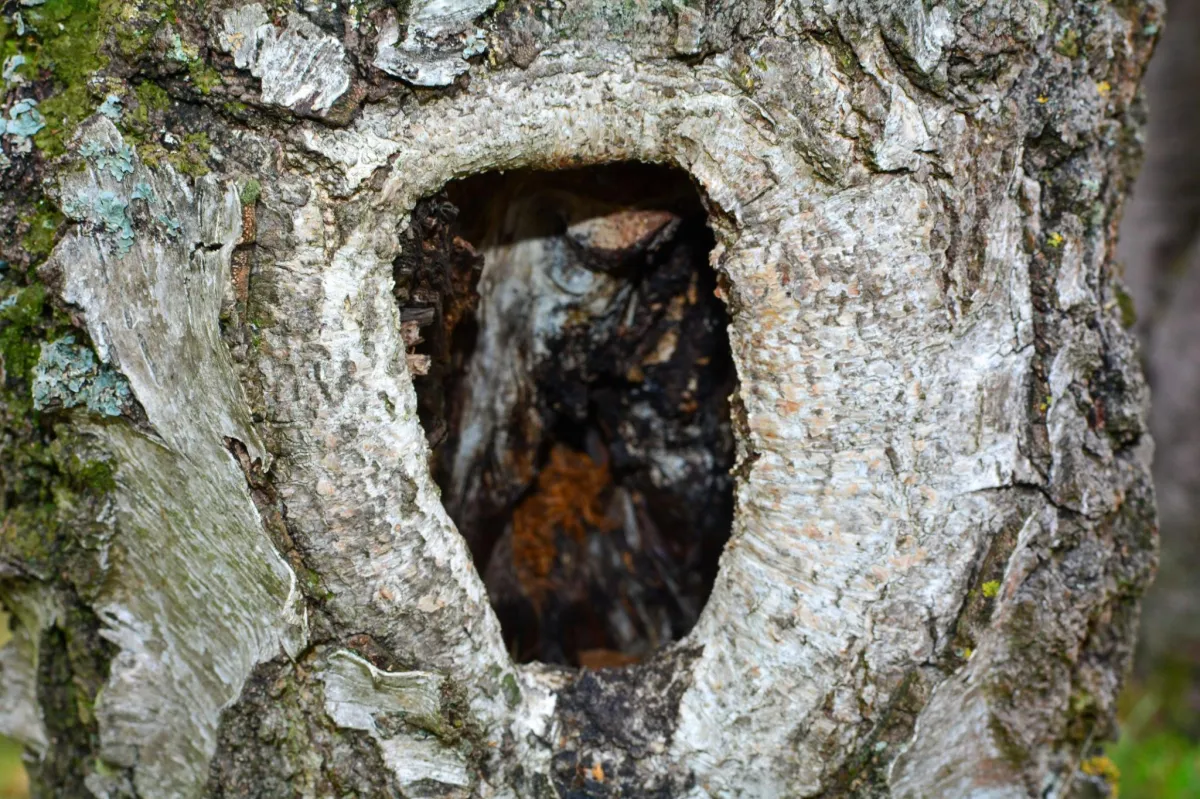
Professional Assessment
Homeowners can identify many tree issues, but a professional arborist can conduct a more detailed assessment using specialized tools and methods. Arborists have the skills and equipment to diagnose and manage tree hazards properly. These tools include:
1. Resistograph
A resistograph is a tool used to measure wood density by drilling a thin needle into the tree. It records the resistance during drilling, helping detect internal decay or hollow areas with minimal harm to the tree. This device gives an accurate picture of the tree’s internal condition, which is essential for determining if it poses a safety risk.
2. Sounding Hammer
Arborists use a sounding hammer to tap the trunk and branches of a tree. The sound it makes helps identify hollow or decayed areas. A healthy tree produces a clear, sharp sound, while hollow or decayed sections sound dull or echoey. This quick and effective method lets arborists assess large parts of the tree efficiently.
3. Tree Climbing and Aerial Inspection
Arborists often climb trees or use aerial lifts to thoroughly inspect the upper canopy and hard-to-reach areas. This helps them evaluate the tree’s structure, check for diseases, and spot dead or weak branches that might not be visible from the ground.
Benefits of Professional Assessment
Accurate Diagnosis: Arborists can identify problems that may not be visible during a basic visual check.
Preventive Care: Spotting issues early allows for quick action, helping to prevent further damage and extend the tree’s lifespan.
Safety: Professional assessments ensure hazardous trees are properly managed, reducing the risk of accidents.
Common Hazardous Tree Species in Louisville
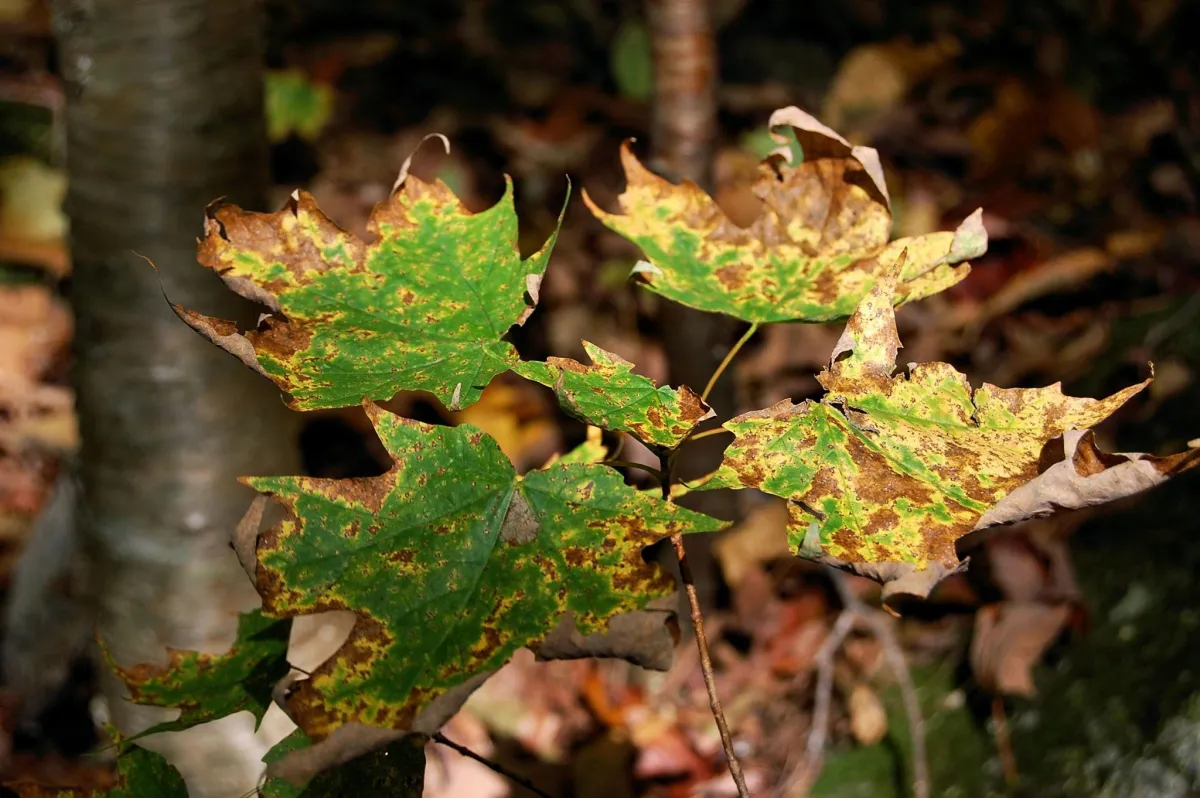
Maple
Maples are popular in Louisville but can suffer from verticillium wilt, leading to branch dieback.
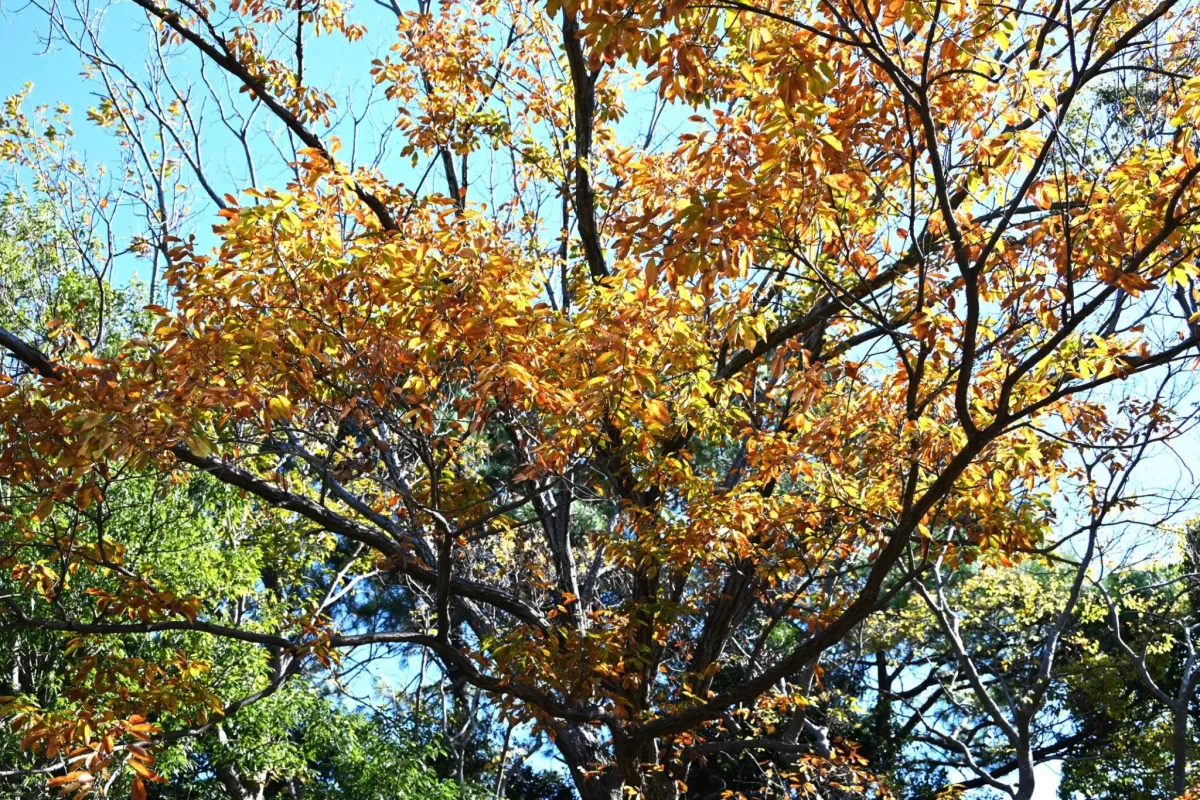
Oak
Oaks are prone to oak wilt, a fungal disease that can rapidly kill trees.
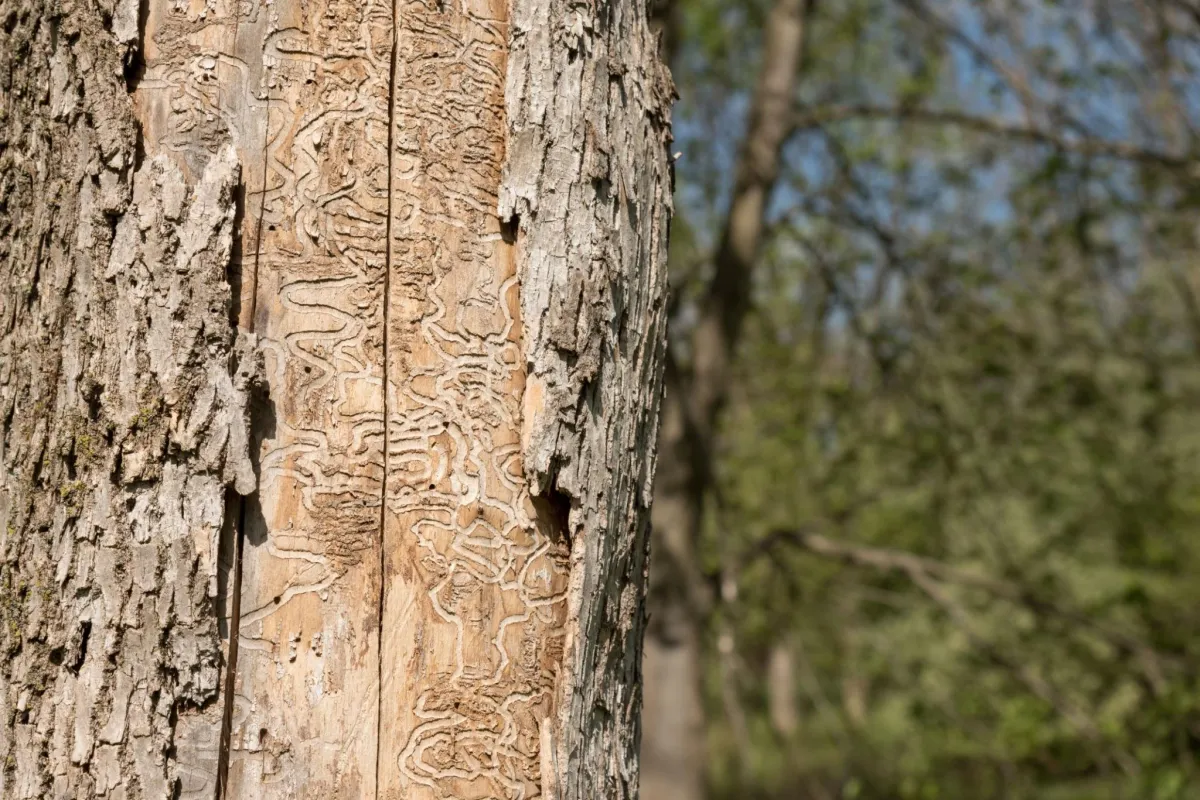
Ash
Emerald ash borer infestations have devastated ash populations, causing significant structural weaknesses.
Preventing Tree Hazards
Regular Maintenance
Pruning: Remove dead or weak branches to reduce weight and prevent breaks.
Watering: Ensure trees receive plenty of water, especially during dry periods.
Mulching: Helps to keep the soil moist which protects roots.
Disease and Pest Control
Regular Inspections
Regular inspections are key to managing diseases and pests effectively. These checks should be done every season and after major storms. Look for signs like discolored leaves, unusual growth, holes in the bark, or insects and fungi. Catching problems early is crucial, as it allows for quick action to stop diseases from spreading and limit damage.
Treatment Applications
Once a disease or pest infestation is identified, appropriate treatment applications are necessary. Treatments can include:
• Chemical Treatments: Use targeted fungicides, insecticides, or bactericides for the specific problem. Apply them through soil drenches, trunk injections, or foliar sprays, carefully following the instructions to ensure they work effectively and minimize environmental harm.
• Biological Controls: Introduce natural predators or parasites to combat pests. For instance, ladybugs can control aphids, and certain nematodes target root-feeding insects. This eco-friendly method reduces chemical use and supports a healthy ecosystem.
• Cultural Practices: Boost tree health with proper watering, mulching, and fertilizing. Healthy trees are better at fighting off pests and diseases. Avoid over-fertilizing, as it can attract pests and weaken the tree.
Integrated Pest Management (IPM)
Integrated Pest Management (IPM) is a comprehensive approach that uses various strategies to effectively manage pests and diseases. Key components of IPM include:
• Monitoring: Regularly check tree health and pest levels to decide when action is needed.
• Preventive Measures: Use proactive steps like planting disease-resistant tree species, maintaining proper spacing for air circulation, and improving soil health.
• Mechanical Controls: Apply physical methods, such as hand-picking pests, pruning infected branches, or using barriers like tree wraps to block pests.
• Educated Decision-Making: Base decisions on the specific pest or disease, factoring in the environment and tree type. Start with the least harmful methods and move to stronger treatments only if needed.
When to Remove a Hazardous Tree
Frequently Asked Questions
Q1: How often should I inspect my trees for hazards?
A: It's recommended to visually inspect your trees at least twice a year and always after storms or severe weather.
Q2: Can I prune my trees myself?
A: Minor pruning can be done by homeowners, but significant pruning, especially of large branches, should be handled by professionals. See our guide to tree pruning.
Q3: What should I do if I suspect my tree is hazardous?
A: Contact a certified arborist for a professional assessment and recommendations.
Contact Us
Service Hours
Social Media
Looking for landscaping, lawn care, or other home services?
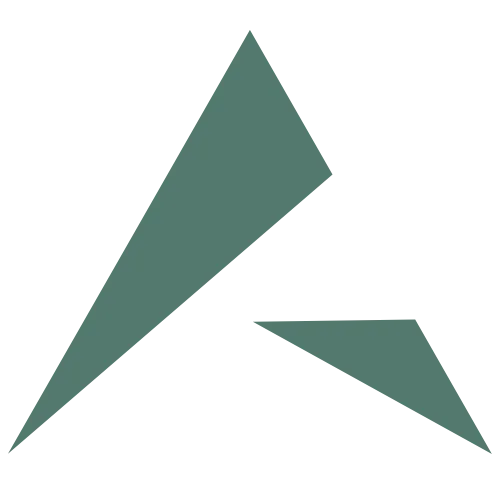
Contact Us
+1 502-483-0511
Prospect, Louisville, KY 40222
Service Hours
Mon- Fri: 9am - 5pm
Sat & Sun: Appt Only
Social Media

2025 | Apex Pros | Rights Reserved
